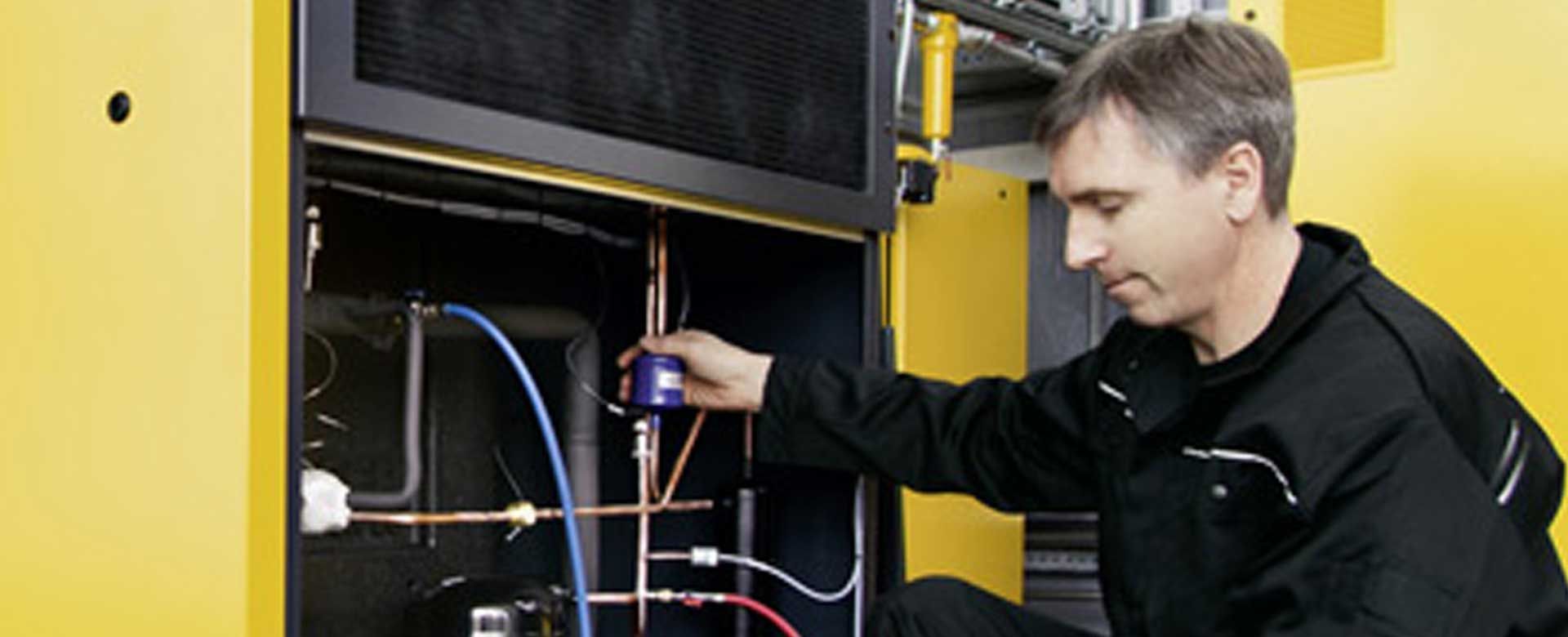International Code Council (ICC) primer on offsite construction
In August of 2022, the International Code Council (ICC) released a “Primer on Off-Site Construction, Codes, Standards, and Compliance,” a document that detailed the various codes and standards for a variety of modular construction types. No matter what you call it (modular, prefabricated buildings, offsite construction, tiny homes, tiny houses, ADUs), these guidelines help construction companies understand how to meet general regulations.
We’ve created a useful summary, which outlines the most important points for all professionals in the modular space.
Panelized systems
The first topic that the ICC tackles is panelized systems. These panels come in many different forms, which dictate how they are inspected. Open construction is usually easier to inspect at the job site, and if the design is relatively uniform it can often be evaluated by a service to verify code requirements. This approach, which is also useful for closed construction, can speed up the process.
Closed construction not addressed during the evaluation could be subject to state programs, which vary by region.
Main points:
- Panels that have open construction are easily inspected at the job site.
- They could be evaluated by a private service, which would make the inspection process more efficient.
- The evaluation process could also be used for closed construction panels like structural insulated panels, which are commonly called “SIPs.”
- A state industrialized-building program could be used, but requirements vary from state to state.
Manufactured homes
The ICC points out that manufactured homes have been an affordable housing option for many years, noting that (according to the Manufactured Housing Institute), roughly 22 million people live in these homes and 9% of new single-family starts in 2020 were manufactured houses.
Regulation for these properties is tricky. They are regulated by the Department of Housing and Urban Development (HUD) and must meet specific requirements for minimum width and length. There are also standards for the design and construction of these homes, as well as the installation, which is usually overseen by local authorities.
However, HUD requirements supersede state and local codes. So if HUD says it must be 40 feet in length, a local government can’t say it must be 38 feet. They could, however, say it must be 42 feet, as this would not negate HUD’s rules.
Manufactured housing goes through an inspection process just like all residential housing. HUD uses Primary Inspection Agencies (PIAs) to complete these tasks. Unless delegated to a state program, HUD maintains regulation of these homes.
Main points:
- Manufactured housing is regulated by HUD.
- HUD says they must be 8 feet wide and 40 feet long.
- HUD uses Primary Inspection Agencies (PIAs) for inspections.
- They may delegate inspection to state agencies.
- A manufacturer may opt out of the HUD requirements if they follow requirements equivalent to those contained in a nationally recognized model building code.
Tiny homes
Tiny houses are affordable and convenient, and provide a solution to many of the challenges faced by new homeowners. As housing issues continue to strain cities across the U.S., zoning laws are being opened for these unique structures. These new laws are allowing tiny houses, also known as Accessory Dwelling Units (ADUs), to become more common.
However, there is a lot of confusion and many different types. For example, some are on wheels while others are fixed to a permanent foundation. There is also a wide variety of codes and standards being used in various states and municipalities.
ICC helps to alleviate the confusion by providing coding and regulation information on these structures. They have created the International Residential Code to address this situation.
Modular professionals working in the tiny house sector should remember that for ADUs to remain a viable option for customers, the units must maintain health, safety, and efficiency standards.
Main points:
- Tiny houses are also known as accessory dwelling units (ADUs).
- They are seen as part of the solution to housing shortages.
- The adoption of safety and health standards is important for maintaining these units as viable housing options.
Modules and pods
Outside of manufactured homes, the other type of permanent construction is modules and pods. These pods are often used to efficiently create sections of a home like a kitchen or bathroom. They come to the job ready to be installed, creating a high level of efficiency, but they are often closed in, so components like pipes and wiring are not visible. Inspection, therefore, must be done at the factory.
Because offsite construction is gaining traction, 35 states have established programs to address these pods.
The process in general is similar from state to state, but there are many variations. The ICC and MBI want to see best practices and greater consistency across the entire industry. They have even released standards recommendations for off-site construction, which have already been adopted by some cities and are being considered by others.
Many states allow for third-party review, but the third party must be recognized by the state. In states with a program, approval is the responsibility of local jurisdictions. However, these jurisdictions often don’t have the resources and skills to complete inspections. The adoption of standards, according to the ICC, could help avoid project revisits.
Main points:
- These units require the inspection to be completed at the factory.
- The units must meet the requirements and codes for the state where they will be installed, not where they are built.
- 35 states have programs that address off-site construction.
- The state typically requires a quality-assurance plan at the factory.
- The ICC and MBI would like to see the adoption of universal standards to help low-resource jurisdictions deal with these issues.
Shipping containers

The ICC report highlights another interesting development in modular construction: shipping containers. These containers, which are used to ship goods all over the globe, can be converted into a variety of different structures, including living spaces.
However, these containers were not built for habitation, so there are numerous concerns related to overall safety. The ICC created guidelines for the safe use of these containers as a living space, which include weld specifications, material requirements, and other details.
Manufacturers can show that their products conform to specific structural requirements through the Evaluation Service Report (ESR) which can also be used to streamline the construction process.
There is also an accreditation that workers can complete. This will show that workers implement and follow a specific quality-assurance process. It may not be required, but having this accreditation sets the manufacturer apart from the competition and builds consumer confidence.
Main points:
- Shipping containers can be repurposed for many uses, including the creation of a habitation space.
- Shipping containers are not originally meant for buildings, so there are a variety of safety concerns.
- The ICC has created a guideline for using these containers as a habitation space.
- The guidelines include structural elements, bracing, and other factors.
- There is also accreditation that allows fabrication workers to show their skills and quality processes and could help build consumer confidence.
Dealing with new innovations in offsite construction
Researchers continue to develop innovative methods to advance the design and construction process. Unfortunately, new technologies, because they are so unique and innovative, do not fit into neat categories. This creates new complications for compliance and building codes, and the demonstration of compliance is not a straightforward process.
But the ICC says that product evaluation processes can give manufacturers a new path to have products and techniques tested in a streamlined fashion. It could also help avoid multiple tests to satisfy different jurisdictions.
Main points:
- Researchers are creating new innovations for modular and off-site construction.
- Rapid innovations make inspections and evaluations more difficult.
- A specific, outlined process for evaluation can make the process faster and smoother.
Codes and compliance will continue to evolve
Off-site construction is taking many different forms and requires a robust approach to code compliance and standards. Closed construction, for example, requires in-factory inspections to ensure proper placement of plumbing, wiring, and other components. If certain components are repetitive, efficiencies could be seen through a specific product evaluation system.
One thing is certain: as off-site and modular construction continues to advance, the codes and procedures will advance as well. Manufacturers, therefore, need to pay particular attention to these changes so they can stay ahead of the curve.
Support for modular construction supplies
When you need expert advice on supplies and accessories for modular construction and manufactured housing, we are here to help. We can identify the right products for manufacturers creating single-family, multi-family, commercial space, and more.

Compressed air systems for automotive

7 common air compressor maintenance mistakes
